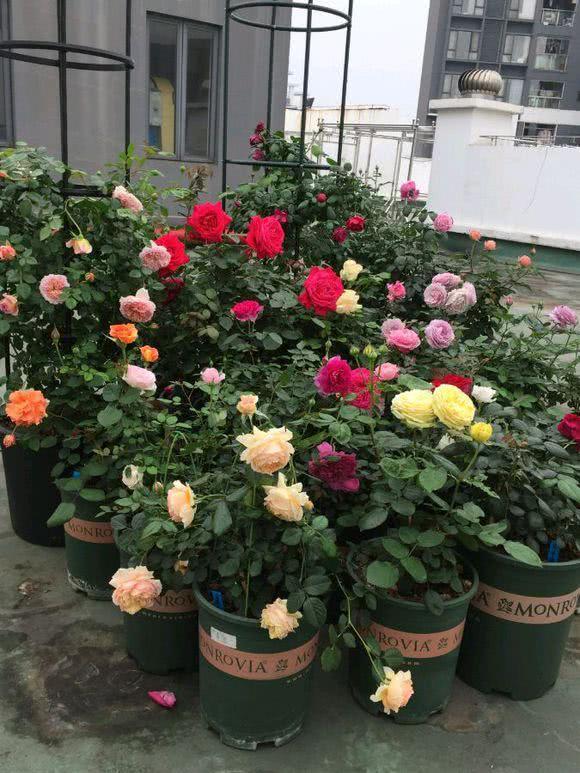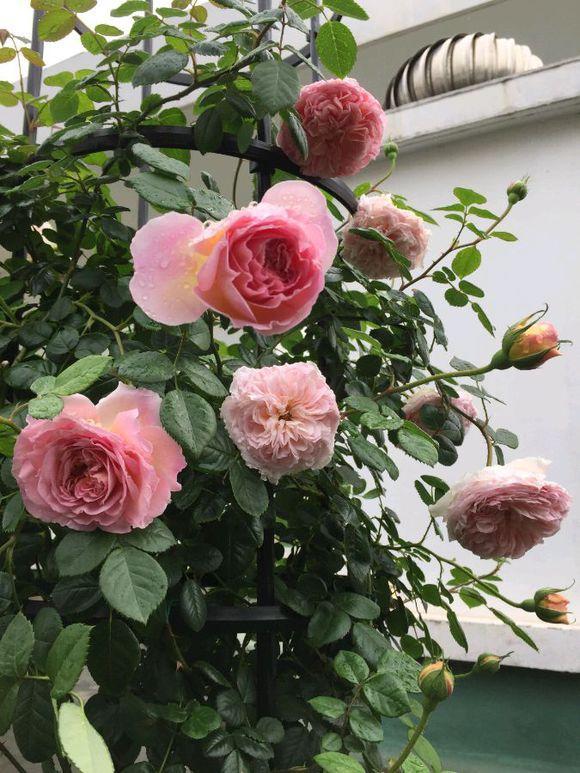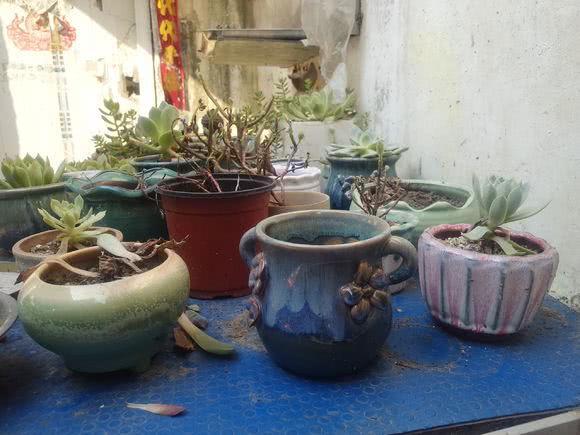The rose has become a small garden in this way.

We live in the city, the small balcony is our small world of leisure and entertainment, nothing to plant a few pots of flowers, especially rose, sad to see. However, the space is always limited, and great tricks should be adopted in order to create a small world of rose that belongs to us.
The balcony space is small, but it is necessary to ensure that there is enough light.
As we all know, rose is a light-loving plant, it is difficult to feed without light, let alone blossom or flourish, so if you want to raise rose, even if the space is small and the light is sufficient, you can still blossom sturdily. Generally south balcony, or south balcony is a good choice, the north balcony is really a little bit choking.
Pruning the rose should pay attention to the direction
Before, we all said that we should keep the outward growing rose, so that the rose can burst, but the balcony is too small, leaving only the outward growing branches, it will continue to grow, of course, there is not enough space. In order to make use of the limited space to grow a better rose, we can retain the upward growth of rose branches and inward growth of rose branches, appropriate pruning of outward growth of rose branches. It not only saves space, but also maintains the plant type and ventilates well.
After pruning the rose, you must remember to replenish it with enough nutrients, otherwise the damaged branches can not absorb enough nutrients and recover slowly. Generally in rose pruning a week, the wound began to scab, it is necessary to properly supplement nutrients, you can use rose-specific organic fertilizer, 800 times water, watering basin soil once a week.
Manually controlled plant type
In addition to pruning, in order to save space, the plant type can also be controlled manually, that is, the main branches that are outward can be reined in a little more, and can be tied with a rope, or with a shelf, or a supporting rod into the soil. fix the outward branches on the shelf or on the stick, so that the branches can be collected back. However, this method is easy to cause crowded branches, generally to trim off some relatively thin branches to ensure ventilation and avoid the occurrence of diseases and insect pests.
At the same time, after each flowering, the pedicel should be pruned properly, in order to ensure that more nutrients are concentrated on other flowering branches, and at the same time cut off residual, withered, or endogenous branches.
- Prev

The classic three-character scripture of maintaining the rose is not enough to add one word.
Raise rose, bloom wave after wave, blossom all the year round, but often these are other people's rose, their own rose is sick or do not blossom. What Huahua wants to say today is that to raise the rose, you should not only learn the three-character sutra well, but also add one.
- Next

Are you saying that succulent plants are lazy plants? is your balcony empty this summer?
When buying succulent plants in the flower room, the boss always smiled and told us that the succulent plant was a lazy plant, which was easy to raise and could grow fat without any reason, so he listened to the boss and threw the succulent plant on the balcony.
Related
- Wuhan Hospital Iron Tree Blooming Result Was Instantly Frightened by the Gardener Master
- Which variety of camellia is the most fragrant and best? Which one do you like best?
- What is the small blue coat, the breeding methods and matters needing attention of the succulent plant
- Dormancy time and maintenance management of succulent plants during dormancy
- Minas succulent how to raise, Minas succulent plant pictures
- What are the varieties of winter succulent plants
- How to raise succulent plants in twelve rolls? let's take a look at some experience of breeding twelve rolls.
- Attention should be paid to water control for succulent plants during dormant period (winter and summer)
- Watering experience of twelve rolls of succulent plants
- Techniques for fertilizing succulent plants. An article will let you know how to fertilize succulent plants.

